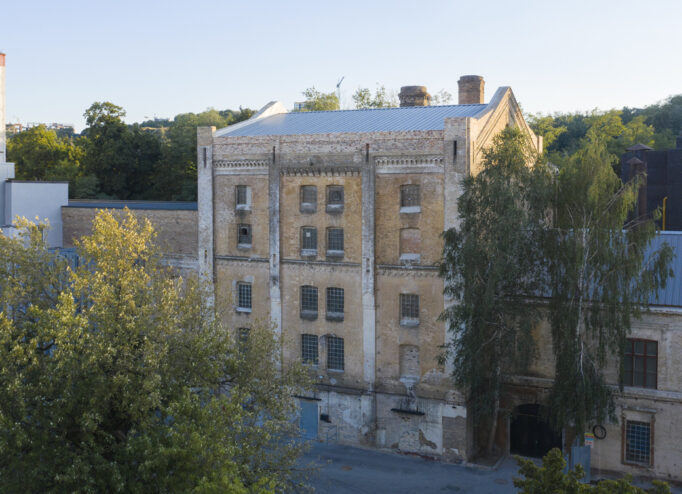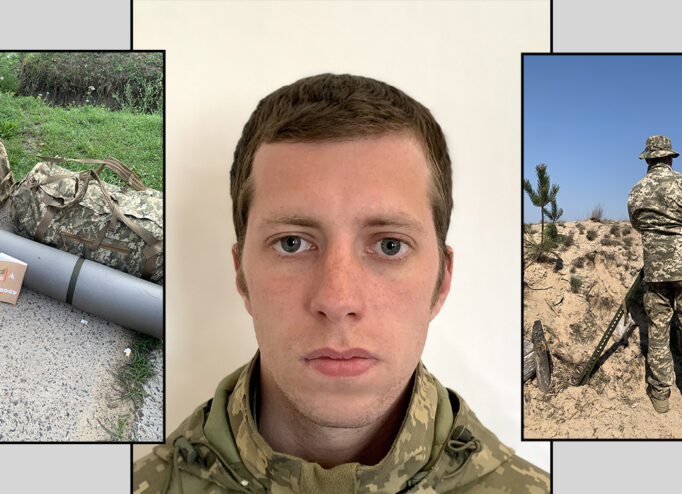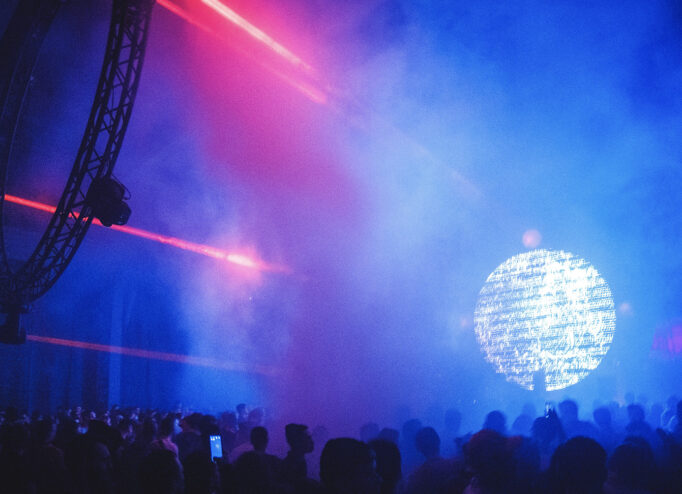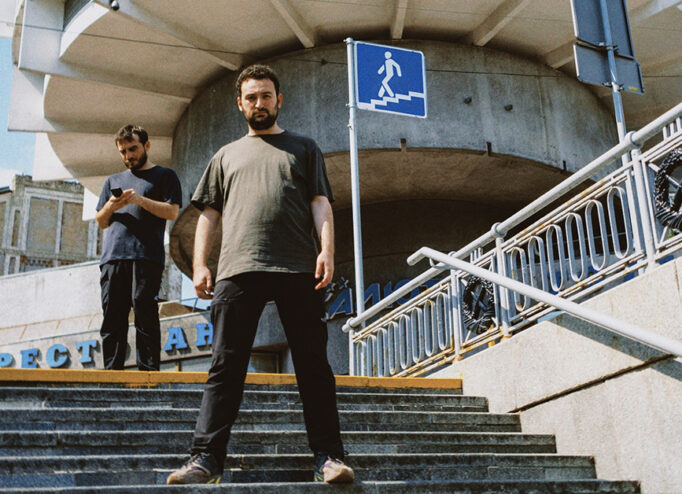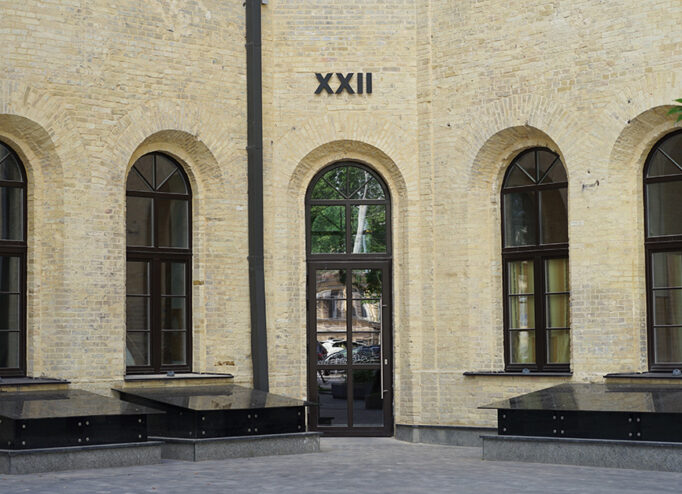The creation of so-called safe spaces where anyone can loosen up and become whoever they want to be is one of the priorities on the modern dancefloor. Promoters and queer bands around the world, including Kyiv formations, now hold parties that embrace the NO RACISM, NO SEXISM, NO HOMOPHOBIA, NO TRANSPHOBIA, NO VIOLENCE principle. Every guest is welcome: transgender and non-binary people, lesbians and gays, straight people, couples and singles.
International music media already named what is happening a new era of queer clubbing. The DTF Magazine looks at what lies behind this phenomenon, how the concept of safe space is realized in Kyiv and turns into the norm with the Veselka raves, the Crest and ∄ Clubs on Kyrylivska Street, Vogue Nights and Kinky Parties.
Othering and Inclusion
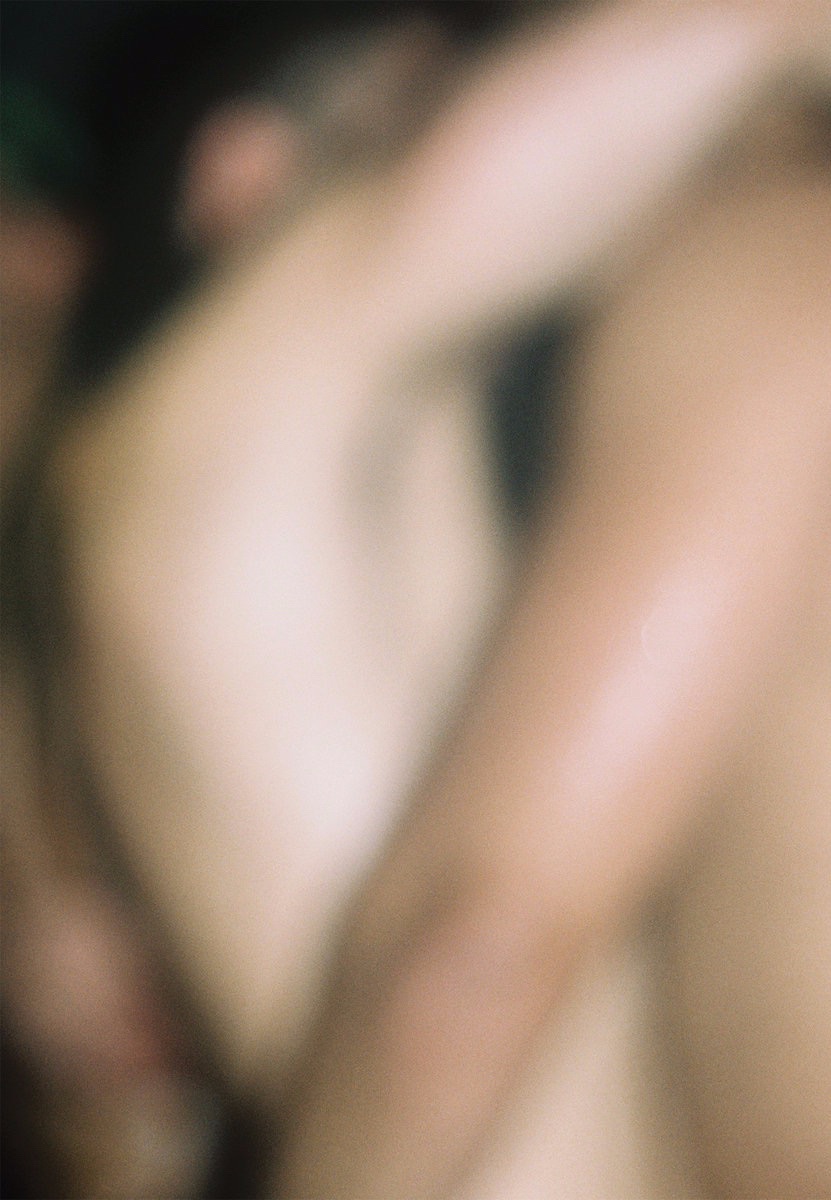
The concept of queer is an umbrella term encompassing all types of sexual identity. Taken literally, it means “strange/ peculiar.” The term originated in the 20th century and has long been seen as offensive, denoting a deviant person. But in the late 1980s, LGBTQ activists appropriated and reinterpreted the word. Nowadays, queer refers to a person who rejects labels and explores their sexuality outside the binary system. Queer can also be a protesting stance against existing roles and rules.
Queerness is often opposed to a traditional gay culture, which has long remained off-limits and unfriendly to “outsiders.” This also extrapolated on the dancefloor. “Originally, queer parties were organized mainly by men, for men.” For instance, Circuit parties, large-scale commercial festivals for mostly well-off white gays with perfect bodies.
“The gay scene is really sexist, I think it’s really only for men, and it’s only for this specific type of body—those gay clichés, like muscular gay guys. Being queer is more political. It’s also something more transgressive. It’s about not conforming to labels, and creating your own identity,” said Chris Phillips, the founder of Pornceptual parties in 2016 whose project stands for diversity and body-positivity.
Sex Positivity
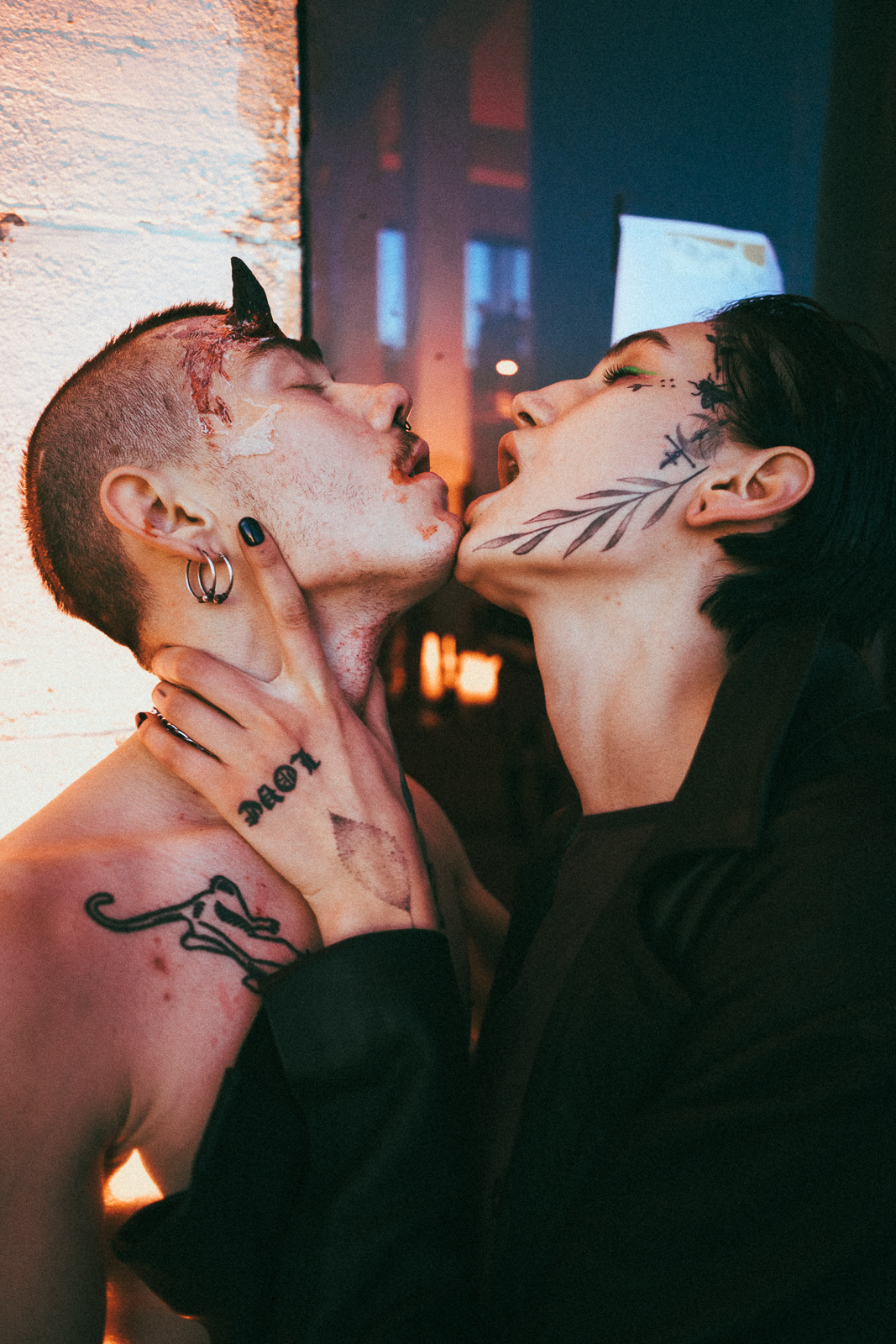
Sex positivity is an important aspect of both queer theory and queer clubbing. In so doing, queer parties are not the same thing as sex parties. In the first case, sex is not a main goal, it is possible but far from necessary.
The term sex-positive evolved in the course of the feminist struggle for equality in English-speaking countries. Sex-positive theory also advocates for the rights of LGBTQ community, who are still subject to discrimination these days. It recognizes a wide range of sexual orientations and presupposes a non-judgmental attitude towards sex and related practices. At such parties, people are free to express their sexuality, whatever it may be. It also celebrates body-positivity.
“It so happened that sexual freedom developed alongside with the promotion of techno and raves. And now there are three places in the world with the best techno-parties, and those are Berlin, Kyiv and Tbilisi,”
— says Andrii Radetskyi, coordinator of the Dialog Hub learning space of the Olena Pinchuk Foundation and head of the Prozhektor Non-Governmental Organization.
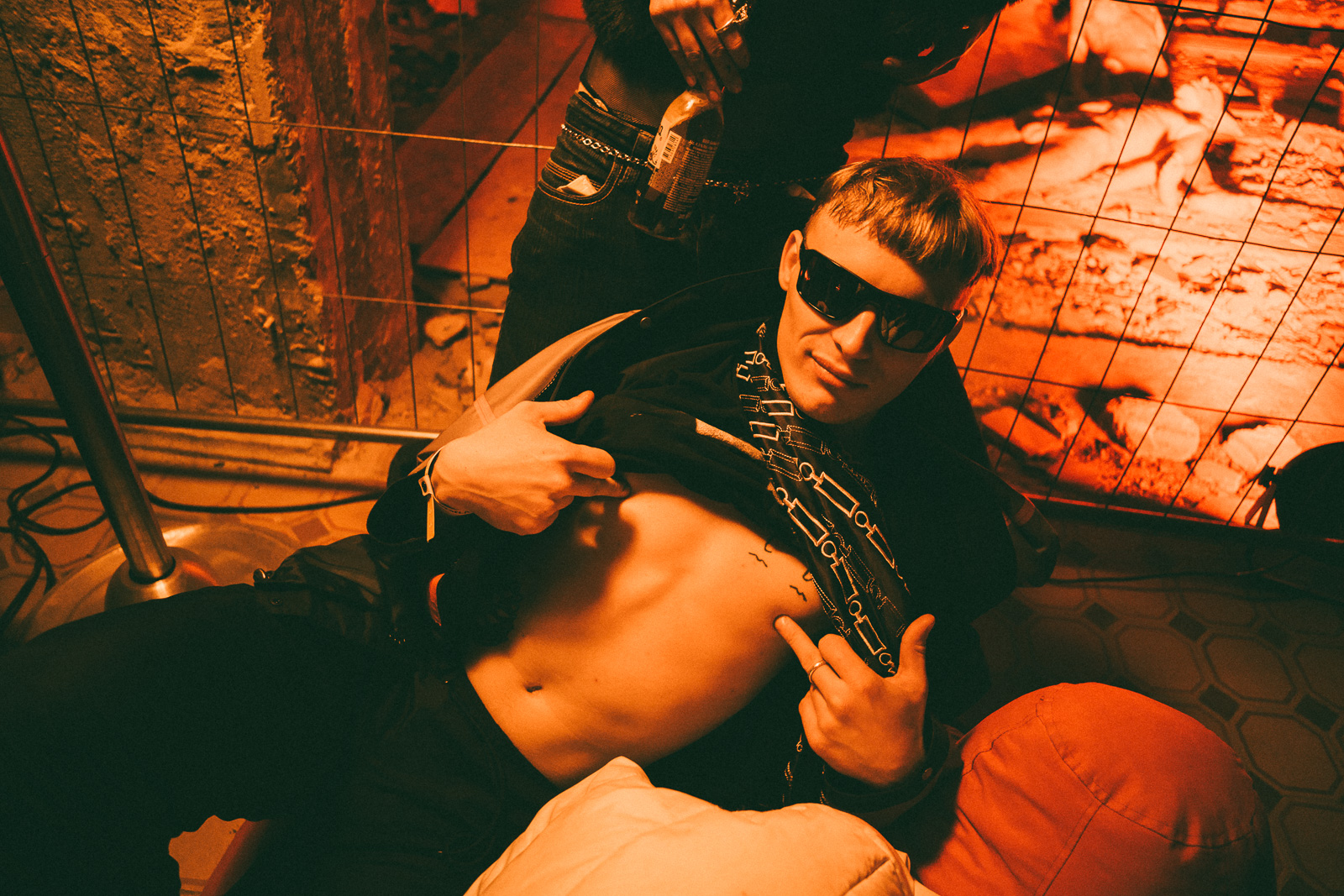
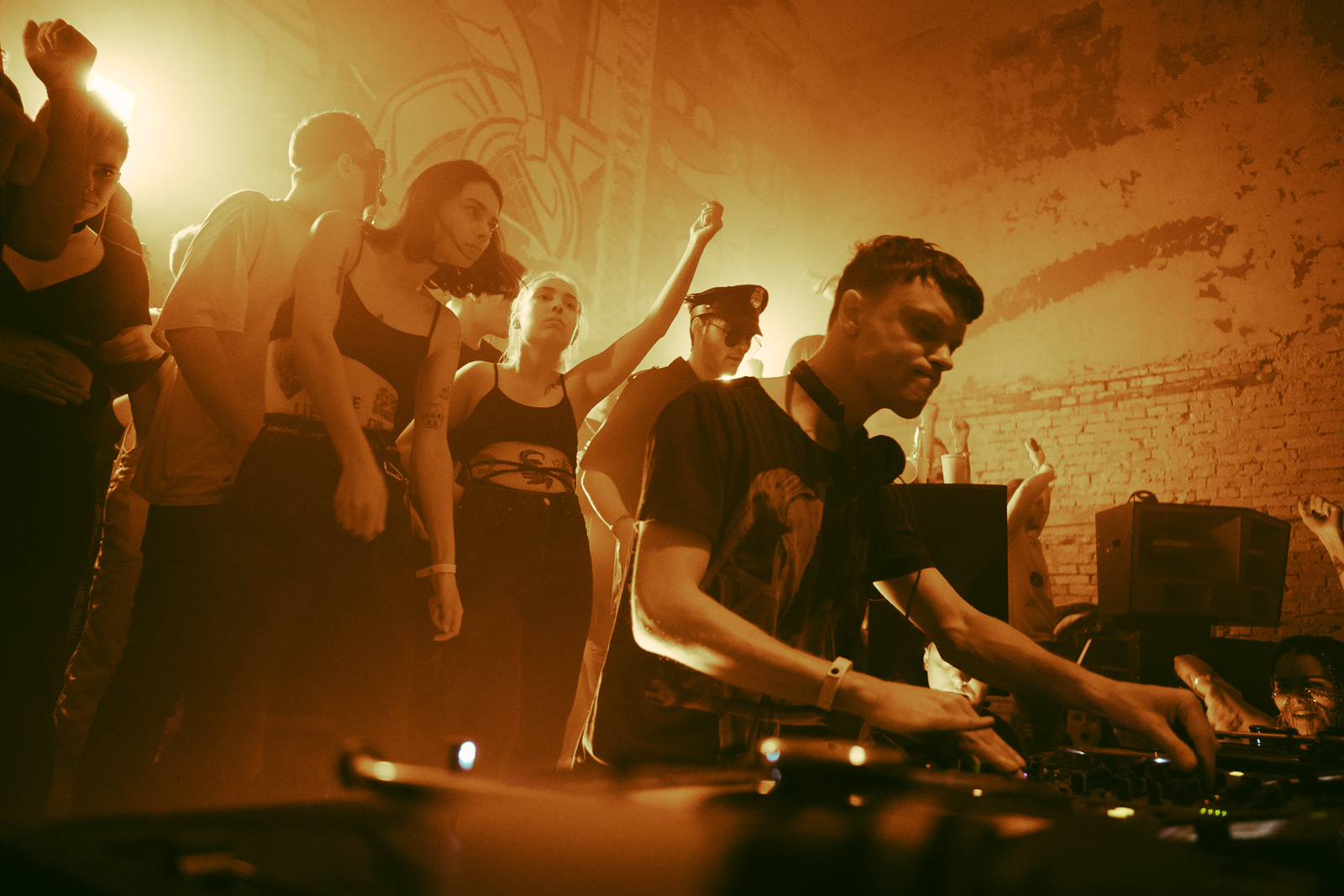
“The stigma of sexuality and its acceptance as such was created by our parents through the lens of the Soviet system where there was no sex. The sexual revolution with us always lags behind. This is due to a number of historical processes, in particular the Christianization of a society, he continues. The sexual paradigm in Ukraine is yet to experience lots of cracks. In Ukraine, sex has been perceived as something sinful and any interest in it still bears a negative connotation. And the people propagating sex-positive movement are seen by the Christians as perverts, much the same as members of the gay community.”
Kyiv used to distinguish between “regular” and gay clubs, but today the audience understands that parties and places can be inclusive, that any visitors are welcome as longs as they are tolerant. What used to be somewhat abstract and even cautious claims about freedom and celebrating diversity have turned into rather clear-cut postulates:
NO RACISM, NO SEXISM,
NO HOMOPHOBIA, NO TRANSPHOBIA,
NO VIOLENCE
This is yet far from a general order of things, but it is a trend to stay in Kyiv.
In the span of 2019, Veselka evolved from a small party into an extremely popular event, Crest club was opened, as well as a giant club (in every sense) on Kyrylivska Street, Vogue battles have grown from dance competitions into not quite large-scale, but full-fledged parties. All these venues and projects seek to create safe spaces for LGBT+ community and, therefore, for everyone.
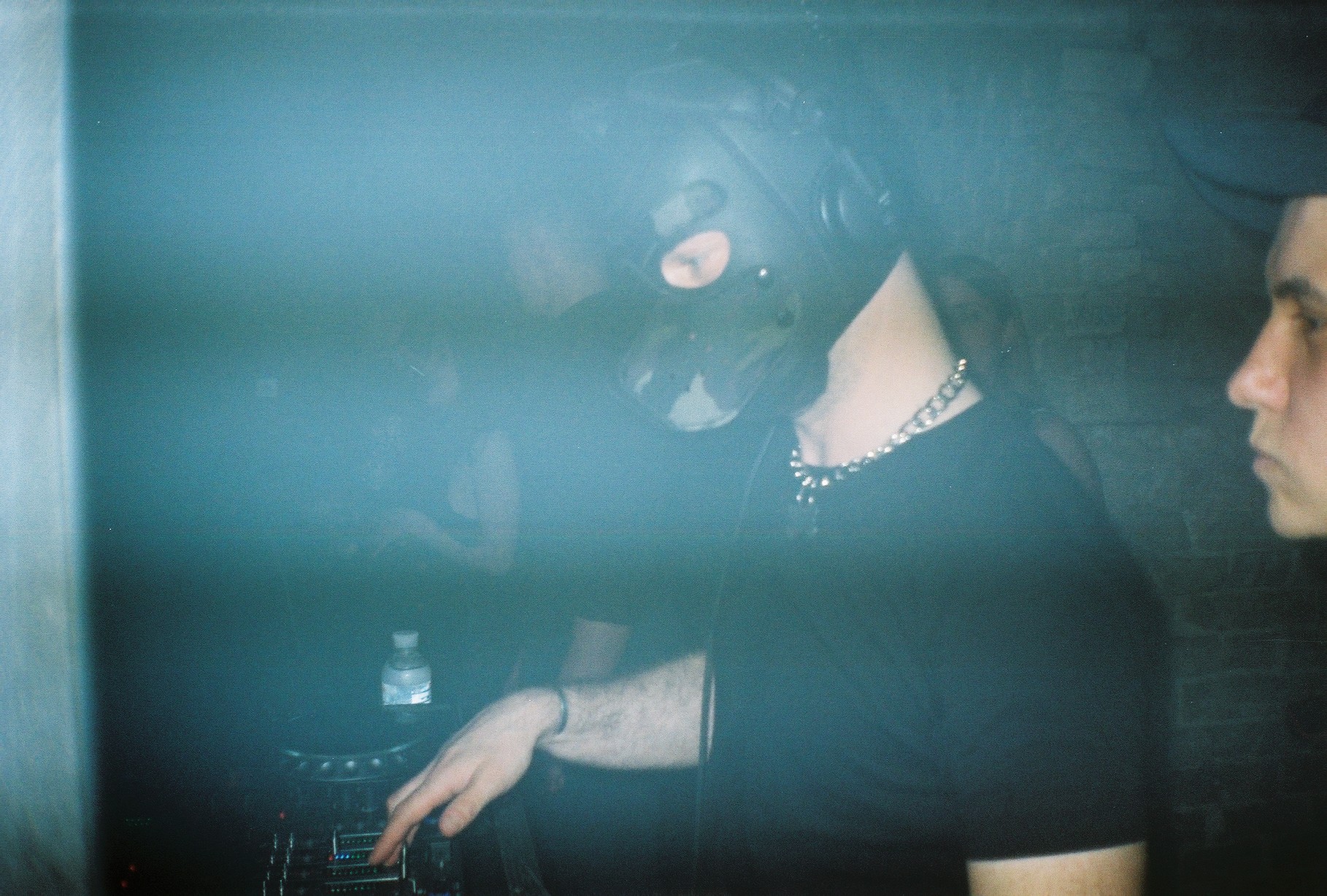
“The declaration of such values serves a kind of litmus test paper. It is very easy to understand that you will feel comfortable, regardless of whether you are gay or not, black or white, if a place or initiative describes itself as LGBT-friendly.
It means everyone can feel safe there.”
— explains Sofiia Lapina, co-organizer of KyivPride.
In recent times, KyivPride has been collaborating with LGBT-oriented parties. Nobody wants to go on and on about only problems and struggles with their target audience, and a party is always about a positive vibe, networking and the eternal “music has brought us closer.”
Refresh LB parties (that is, for lesbians and bisexuals) were among the first to start collaborating with KyivPride. This series has been around for two years now and has already become quite autonomous. As to the choice of music, it is mostly house music in various forms, sometimes disco, and even hip-hop at the recent parties.
Yet, when it comes to the present-day LGBT parties, their main components are freedom, sexuality and techno music. In the context of Kyiv parties, techno music is not the only option, but it is rather prevalent.
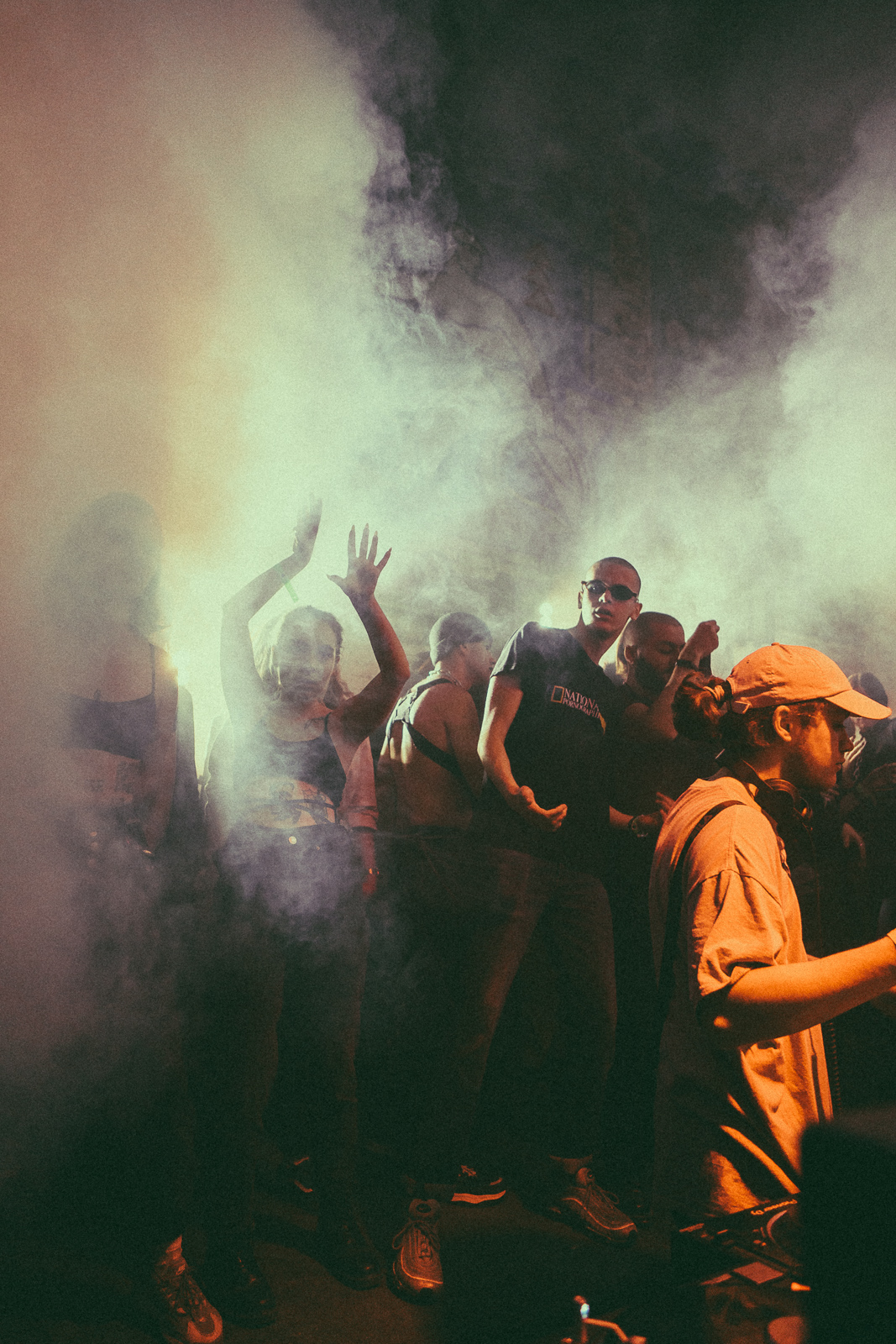
“People who associate themselves with the techno culture often don’t even realize that this is a whole new movement,” Sofiia is convinced. “They are built around the same aesthetics and ideas. Thus, Kyrylivska Street and Crest Club are quite adamant in saying that homophobia, racial or gender discrimination are unacceptable on their premises. Their young patrons, regardless of whether they belong to LGBT community or not, at the very least endorse the same values. And so I thought that it would be cool to turn to the techno industry, which describes itself as open-minded, and work with it.”
If the Equality March had not been canceled this year due to the pandemic, the projects would have presented their collaborations with the Veselka, Crest Club and the club on Kyrylivska Street.
01.
Veselka
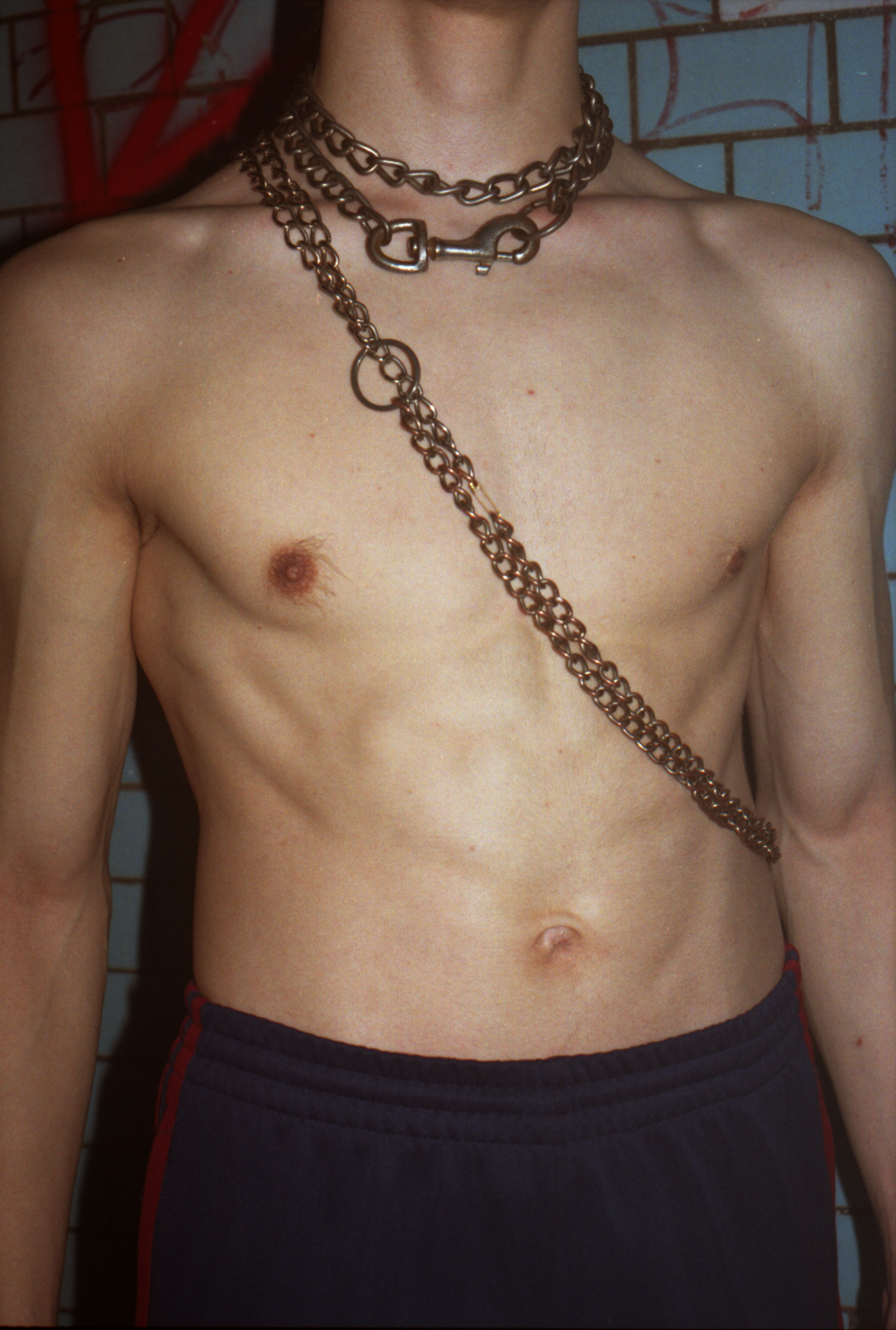
The media has quite rightly branded Veselka as queer rave. From the outset, the organizers introduced the public to high-profile members of the queer scene, later they began to tape smartphone cameras at the entrance and motivate visitors to dress up (or undress) in a certain way. Not only their positioning, but the very aesthetics have crystallized rather quickly and featured leather, latex, chains, intentional sexuality and “a-la Berlin,” but with a slightly lower fever pitch.
If the first Veselka party was patronized by some two hundred people, then six months later, people lined up in huge queues for parties and even two dancefloors could hardly house everyone.
“I don’t remember any official queer parties in Kyiv before. The public simply toddled off each their own way, to Closer club, Cxema, some small raves in Otel’ club. Naturally, they did not describe themselves as LGBT, but still the public at these parties was quite relaxed and outspoken.
What I wanted to do was to hold parties where everyone would be more straightforward, even daring. I have long been keeping an eye on similar projects in different countries and I liked those not only focused on the LGBT community, but also played the best music,”
— says Stas Tweeman, DJ and co-founder of Veselka.
Initially, Stas was not restricted to a specific music genre, instead he invited various DJs and projects that would be in line with the concept.
The first guest was a resident of Berlin open mind parties and the label of the same name CockTail d’Amore, as well as the most explicit gay parties inside Berghain’s Lab.Oratory, Luigi Di Venere. The artist plays from disco and house to trance and techno, a mix of everything. Still, techno DJs prevailed in the line-ups, so the musical content was created intrinsically. For instance, representatives of Berlin’s Herrensauna, renowned for their hard techno, came to Kyiv twice.
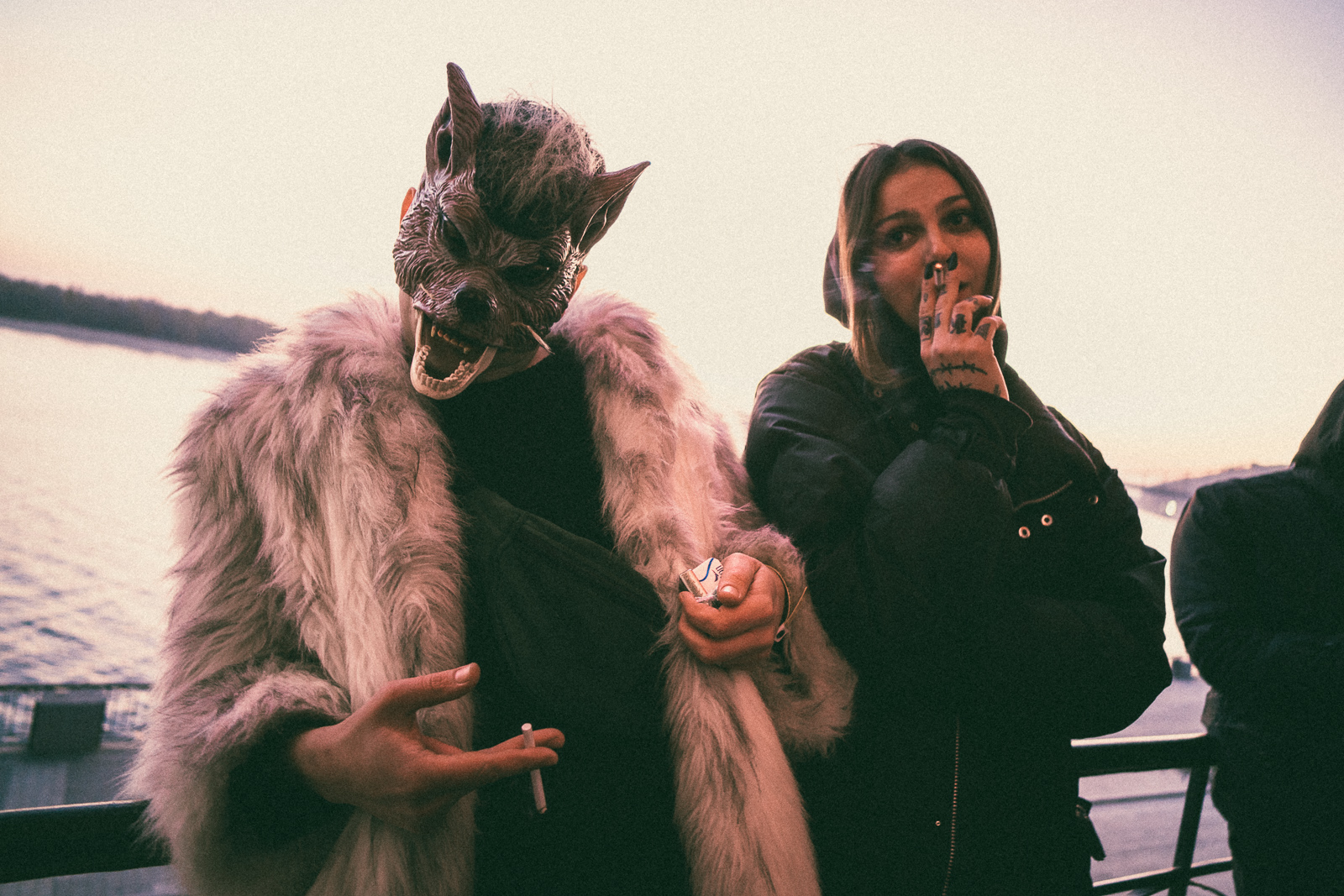

Overall, at the Veselka parties they try to organize two dance floors: one with techno and harder music and the second with more diverse music.
02.
Crest
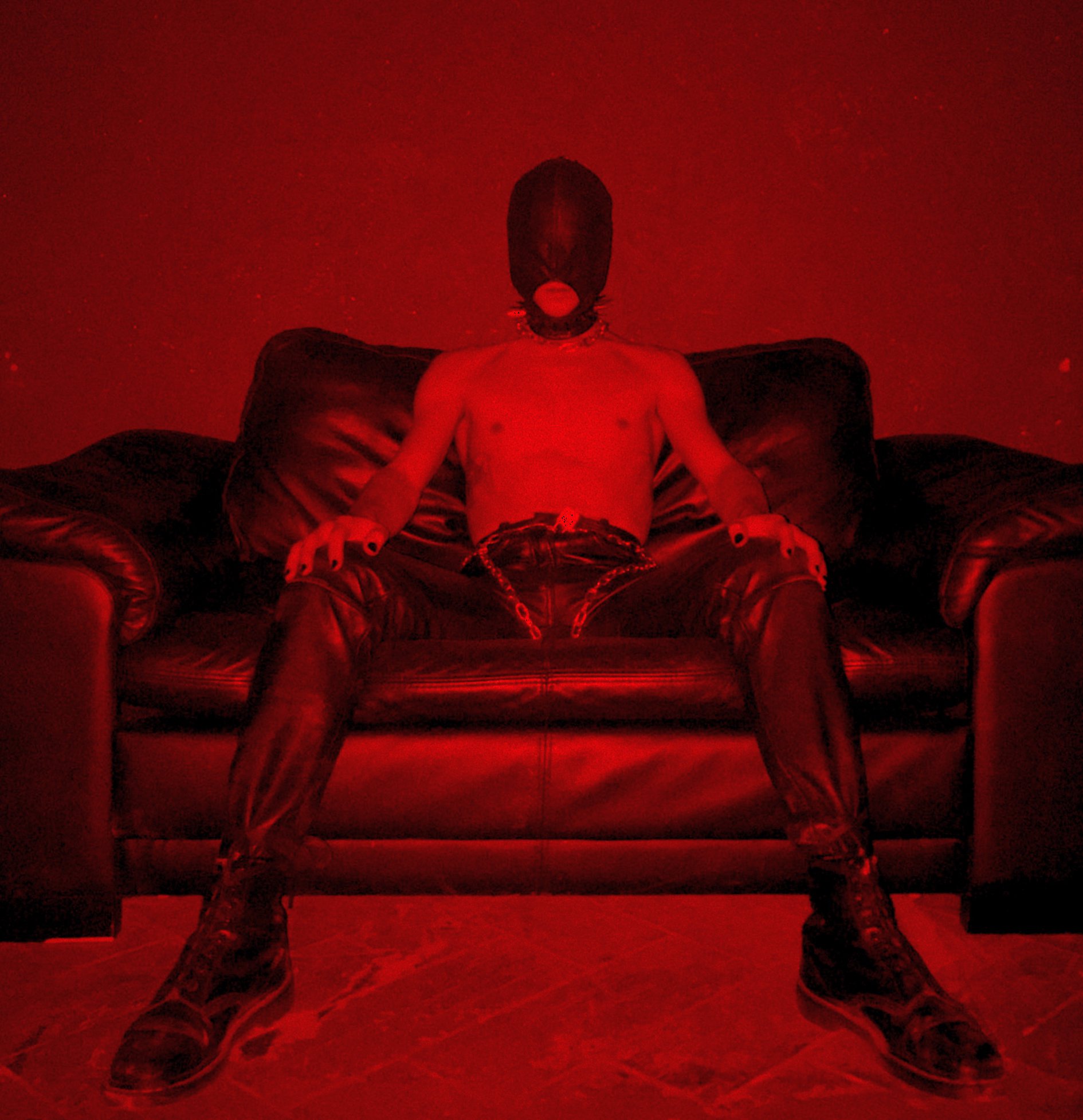
“I feel that after Veselka came more half-undressed or, on the contrary, brightly dressed people at all parties, and the organizers began to tape smartphone cameras more often and talk about some kind of dress code. It was like a division into the “before” and “after” of the parties movement. Later, the club on Kyrylivska Street also opened and after a short time we launched Crest Club as a permanent location with “Veselka” format,”
— Stas continues.
Since last autumn, Crest has indeed become some kind of stationary Veselka, but more intimate. Not every party is described as LGBT here, but the no discrimination rules are always in place, and the general vibe remains unchanged. This basement on Khreshchatyk Street used to be the Andybar gay club in the past.
Crest continued Veselka’s mission to bring together queer parliamentarians from around the globe: it hosted other Berliners, namely Mala Junta, residents of Horoom Nights, queer parties in Bassiani club in Tbilisi, representatives of the queer techno scene from Moscow Popoff Kitchen and if it weren’t for the lockdown, guests from the Tel Aviv PAG formation as well.
There isn’t a noticeable queer community established in Kyiv, but shortly before the lockdown Crest club managed to host two Kichmich parties. The mission of this project is to create a safe space with a culture of body positivity for the queer community. It was launched by two French women living in Kyiv. In view of the success of the project, we can expect it to continue after the lockdown.
Crest is also known for having its own darkroom, though, not a dark room per se, rather a special place to get some isolation.
UPD. At the end of August, Crest declared its closure.
The official reason is the coronavirus and quarantine restrictions: “And the economic recession in our country day after day raises more questions than answers and, therefore, brings us to unpopular actions. In light of the above, the club management were forced to stop working and shut the club down. We hope that when it’s all over, we will again make everyone happy with our interesting projects”.
03.
∄ Club on Kyrylivska Street

The club was established only a year ago and opened its doors even earlier, in November, but became a local phenomenon almost immediately. No official comments, though they were not necessary. The project articulates its viewpoint clearly enough and consistently proves it through its actions. A non-binary free space which is truly comfortable for all guests, regardless of how they identify themselves. The face control is far from easy to pass, to the disappointment of many visitors, but it means that there is no random public on the dancefloor.
The ambiance was also achieved by enforcing one of the main rules effective from day one: no photo or video in the club. As well as by means of an unspoken mutual agreement: what happens on Kyrylivska, stays on Kyrylivska.
There is a darkroom on Kyrylivska and just as virtually everything that Berlin clubs are so famous for, and sometimes even more, like unlimited drinking water.
∄ not only invites top DJs on the world stage but also supports local artists and also attracts DJs or projects associated with queer communities. The last party before the lockdown was a collaboration with the Berlin-based project Pornсeptual which explores sexuality and the living body. As judged by the queue size (which broke the New Year’s Eve record), the team delivered on the demands of the Kyiv community.
∄ also became the project that KyivPride established friendly relations with. As Sofiia Lapina explained, they planned to host a party there on the date of the Equality March in Kyiv and, generally speaking, were discussing their partnership. But at this point, everything has been put on hold until the post-quarantine times.

Safe spaces and darkrooms
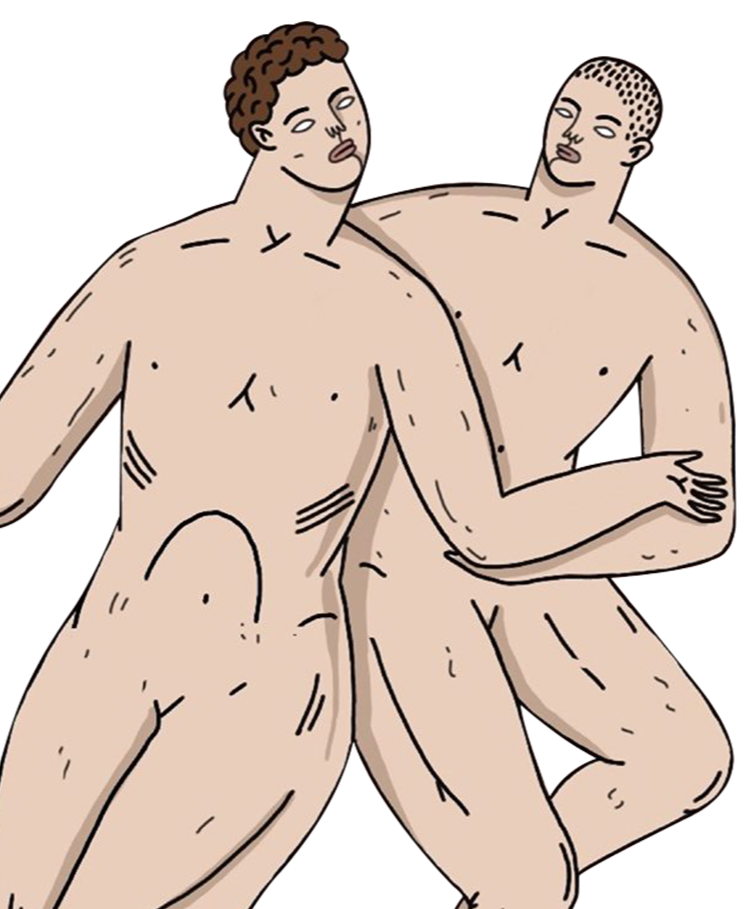
The main purpose of the darkroom is anonymous, but in a way public sex in the dark. Initially, darkrooms were available exclusively in gay clubs and non-gays were not admitted, however, at modern parties darkrooms increasingly become available to any guest.
Moreover, some of the organizers are trying to make darkrooms as comfortable as possible for women. For instance, Berlin-based organization Lecken has long experimented with the settings in sex rooms using fabrics and various fragrances. But then again, this openness shouldn’t be taken wrong. The fact that people are free to have sex at a party doesn’t mean that everyone has to do it. Safe space and sex positivity are the opposites of compulsion and pressure.

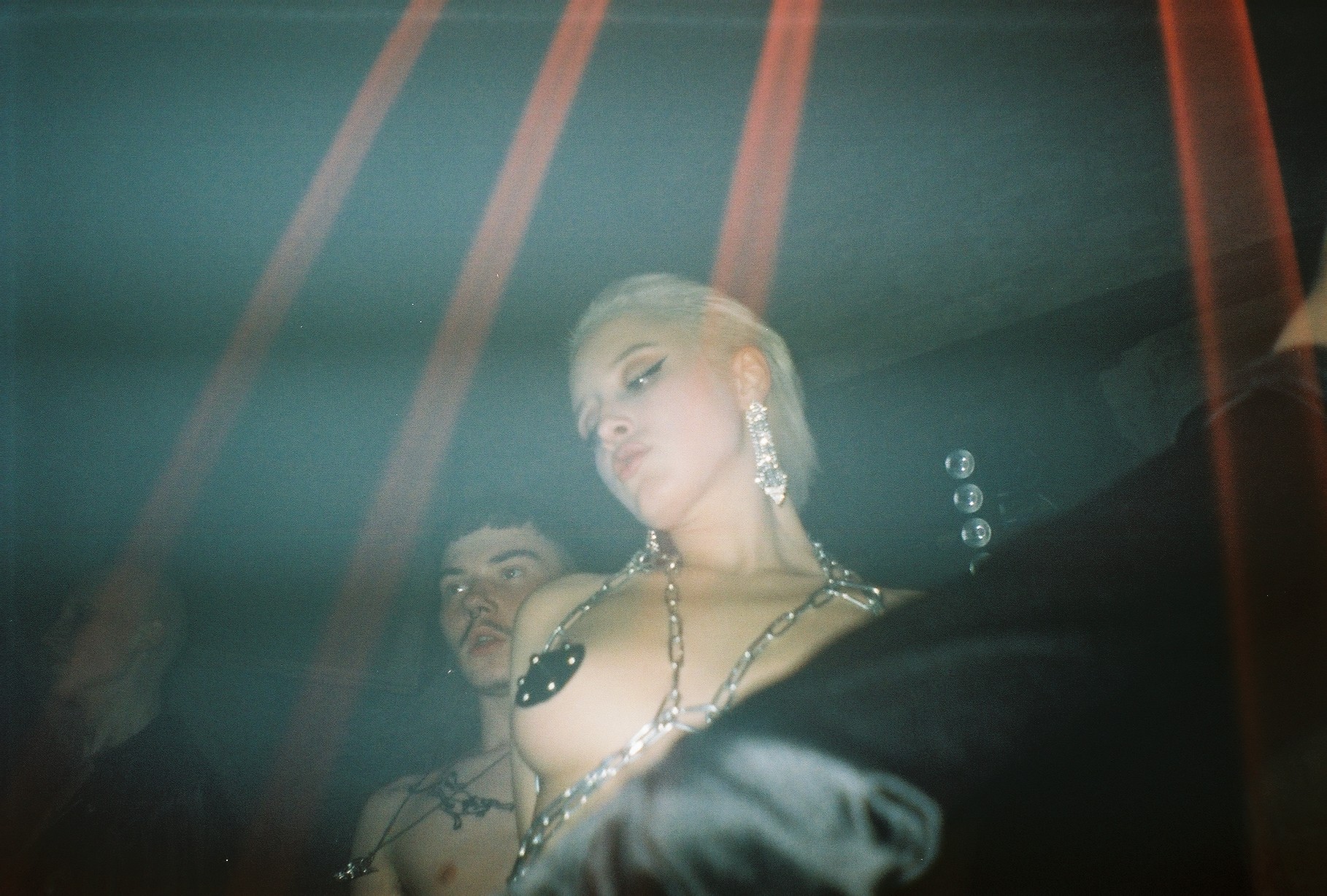
“In everyday life, many of us put on a social mask of normality and constantly project it on a regular basis. But this is nothing else but acting which eventually wears you down. And I’m not just talking about LGBT community now. I believe that progressively-minded people by definition will not draw distinctions between the gay community and heterosexual people. Plenty of things are hardwired in our sexuality. It is often better to express some predispositions through sexuality and in the meantime remain a perfectly healthy person.
It is great that there is a place where you can come, let’s say, in some extravagant outfit, possibly sexually suggestive. If this allows them to maintain their mental health, why not?!”
— Andrii Radetskyi said.
Kinky
As a borrowing from English, kink means “twist/curl.” It denotes sexual behavior that deviates from the norm, for example, some fetish associated with BDSM practices. Kinky-canon parties have been known since ancient times: Roman orgies or Egyptian festivals of drunkenness. Nowadays, a similar sex entertainment is popular all over the world.
One of the most well-known European kinky clubs is the KitKat club in Berlin where sex and fetish seamlessly coexist with the key queer principles of inclusiveness, diversity, openness, and safety. But not every kinky event is like this: for instance, some parties are focused exclusively on BDSM fans, some are designed for men or women only.
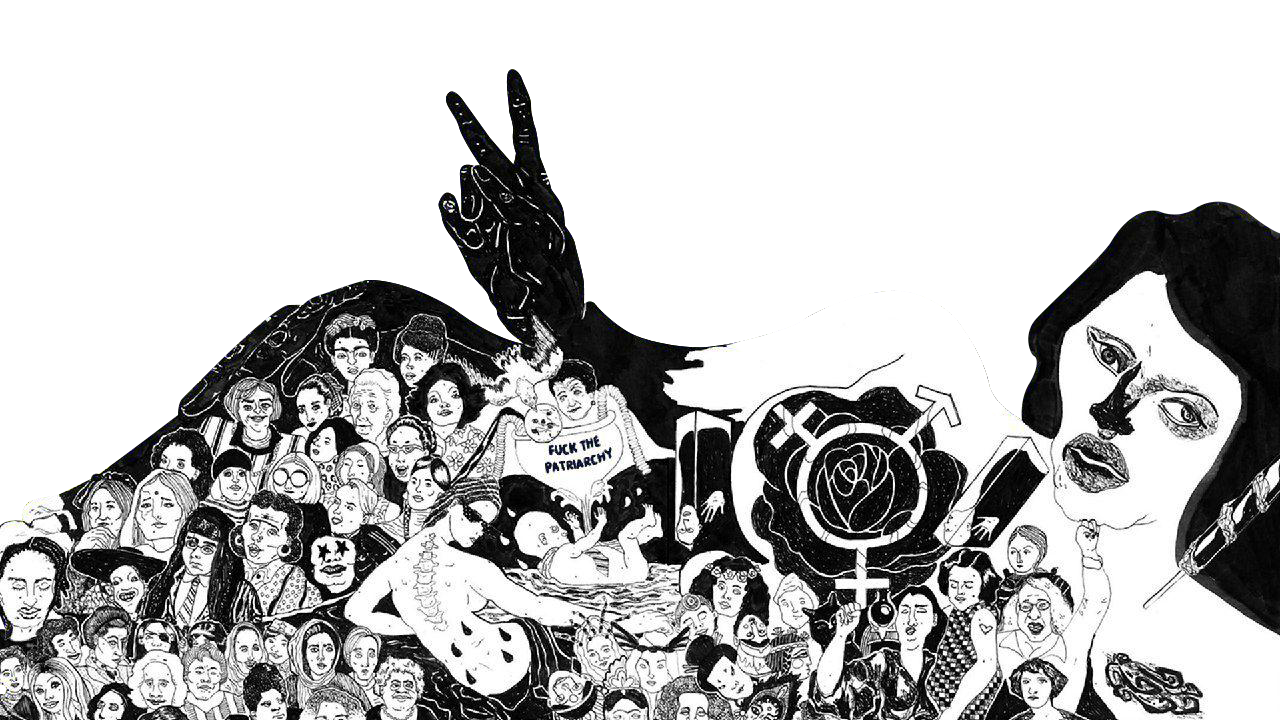
The kink community also has a rule that sex is possible, but not necessary. There is even a special signaling system used to protect visitors from undesirable experience/contact: “red”, “orange” and “green,” like traffic lights.
Kinky
in Kyiv
Kinky or sex parties are officially illegal in Ukraine, so, of course, they are being thrown but not so openly, with communication via secret chats and other precautions. A little over a year ago, a new series of parties originated in Kyiv, and it is thoroughly planned and arranged.
“There were similar parties held in Kyiv before us, but they were more secret and niche, for example, parties for BDSM followers. What we decided to do was to create a space where not just one, but virtually all kink formats would be represented, so that everyone could come and try or see anything.
Our second party was Japanese-themed and although we did not require it, 80 per cent of the guests came dressed up in costumes. At that moment we decided to make the dress code mandatory in order to understand that the person is into it and made a purposeful decision to come here, not just wandered in,”
— says one of the organizers.
The largest event of the project gathered about 500 people. According to the organizers, the audience at such parties is slightly older than at regular ones, the visitors are at least over 25. Some are younger, but most people who come here have already had some experience and are looking to try out something new both in sex and otherwise. Often these are couples. The parties don’t position themselves as LGBT parties, so the queer community makes only a part of the audience.
The music mostly depends on the event theme, and at large events there are up to two dancefloors. Sometimes techno or house DJs are invited but, for instance, a recent party styled as a clandestine bootleg club was accompanied by jazz bands.
Everyone employed at such events signs a non-disclosure agreement since security at a kinky party is key in every sense. “We ask everyone to leave their phones at the entrance, a simple taping of smartphone cameras doesn’t work: we tried it, but people still managed to smuggle out selfies. After all, we are creating safe spaces. By the way, we even have a lawyer available at the entrance, although we haven’t had any awkward situations in all this time, and not all organizers go into such lengths. There are also condoms, lubricants, sanitizers and rapid tests for STDs available at the party.”
Ballroom, drag and vogue
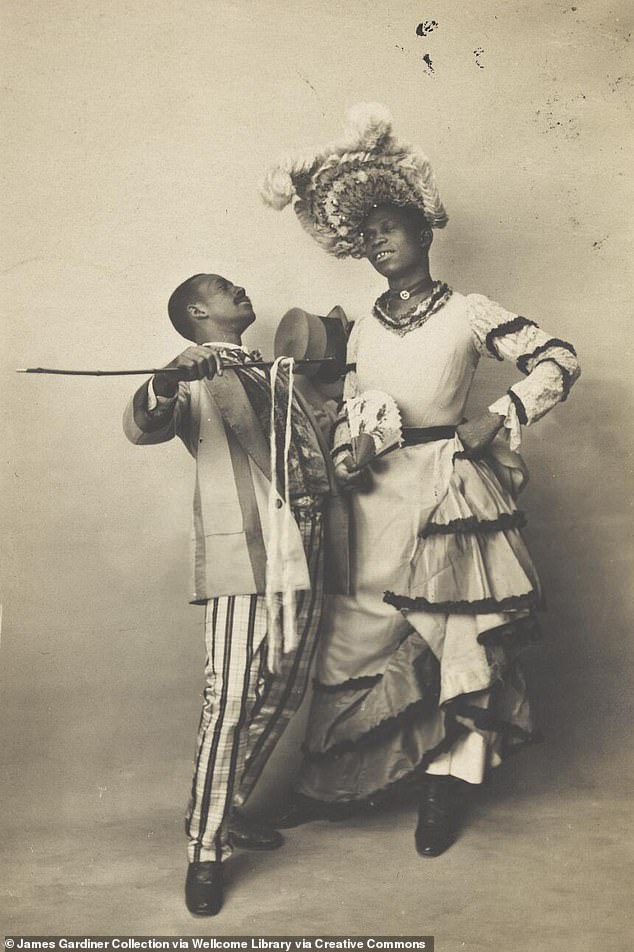
The origins of the ballroom culture can be traced back to the Harlem Renaissance in the 1920s. At that time, The Hamilton lodge ball was held in New York: gays and lesbians explicitly attended the party and the night culminated in the election of the best drag queen.
In the late 1970s – early 80s, balls served a platform where the most obscure and marginalized people of color could show their talents and gain recognition. They grouped together in so-called houses and competed in virtuosity, outrageousness, their ability to undergo transformations, pose and other categories. These competitions underpinned unique cultural phenomena.
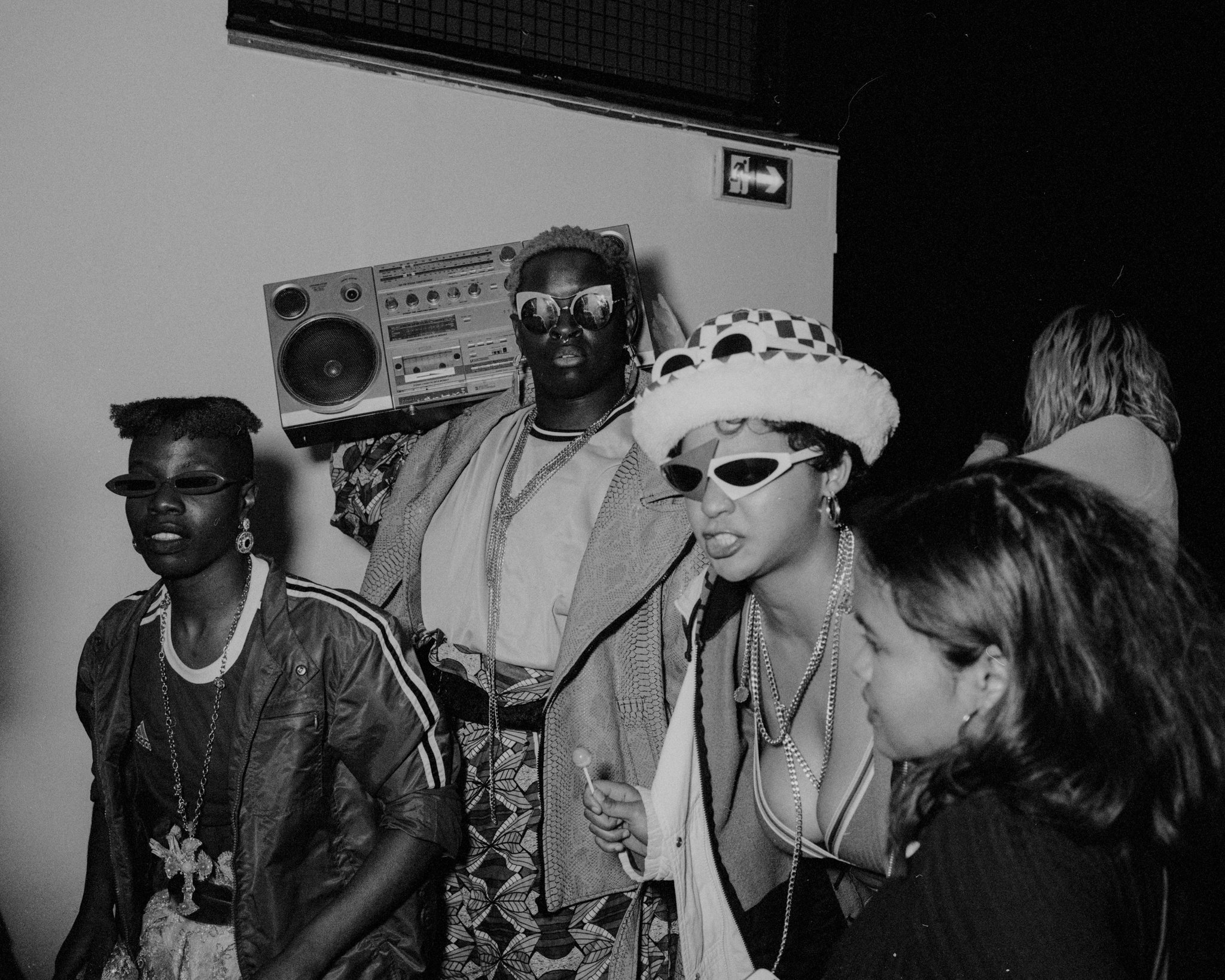
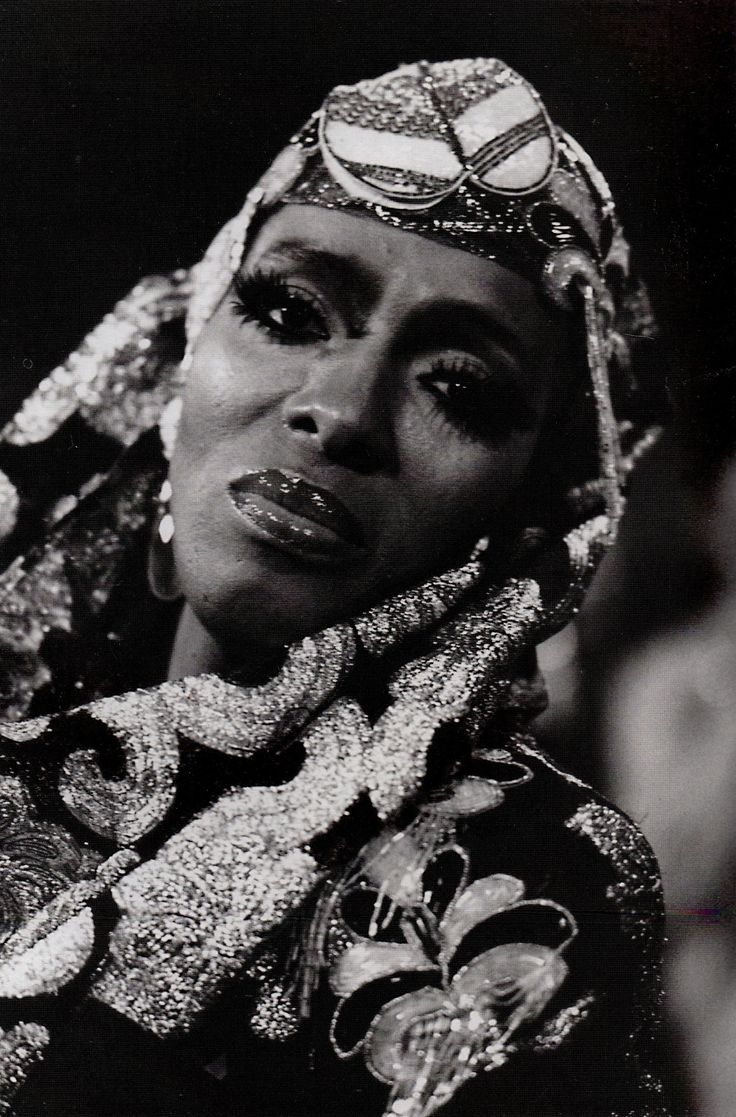
Vogue is the dance style that has become the ballroom hallmark. In the 1960s and 70s, Harlem drag queens came together at the Footsteps Club and imitated rich women living in prestigious neighborhoods in New York in time with the music, as well as copied the postures of the models from glossy magazines. In the course of time, this “posing” made its way into “ball rooms” where it transformed into voguing, a complex dance style with various branches, such as Old Way, New Way, Vogue Femme, and its central figures like Willi Ninja.

Vogue dance battles also took place in the famous Better Days, Paradise Garage and The Sound Factory clubs. They contributed to the development of a new speed house music with vocal loops. The most canonical tracks are Walk for me and The Ha Dance.
Drag is another art form associated with the ballroom. Today, it is present at many queer and sex-positive parties. Earlier, this phenomenon mainly meant transformation into the opposite sex in the most exaggerated form. Interestingly, one of the origins of the term drag is an abbreviated expression dressed resembling a girl.
However, drag has been evolving non-stop and nowadays it is no longer linked to the binary system. Artists create characters that push the established boundaries and explore gender in in various configurations. The main thing is the freedom of expression and unconventional approach.
In the context of rave, drag art not only intensifies the sense of a feast and freedom all around. It is also a tool that allows you to put the fear and pressure aside.
Voguing Nights
In Kyiv
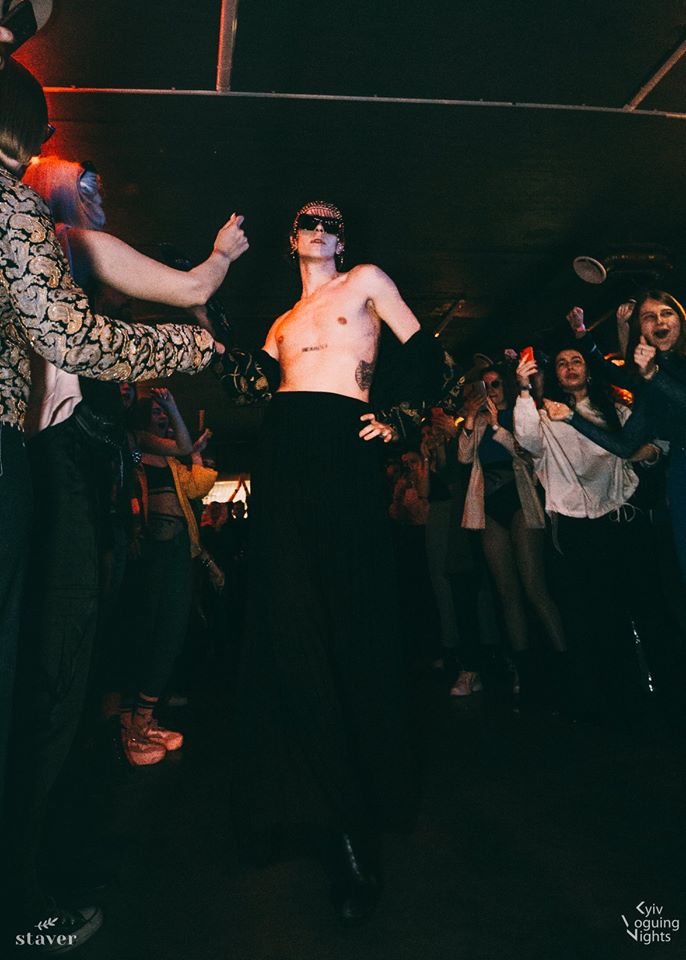
Kyiv Voguing Nights are organized by Artemiy Lazarev, a choreographer and co-founder of The House of Hobo vogue house, previously known for the Kazaky project, and Katya Nepochatova, a member of the house.
It all started as a dance competition among voguers that involved various categories, judges, trophies, but without an after party. Over time, the events became more popular and focused not so much on the competition, but on the opportunity to mix and mingle.
Today, when some people watch Pose and others follow for the vogue dance battle shows, the movement is becoming more mainstream and commercialized. It is good for attracting an audience, but not that much for the culture itself. Vogue as a dance style is only the tip of the iceberg, and not everyone is ready to delve into it and accept that this is not only about unusual movements and bright outfits. Vogue ball parties are about creating the atmosphere of security and confidence, which is difficult to achieve without the mindfulness of all participants.
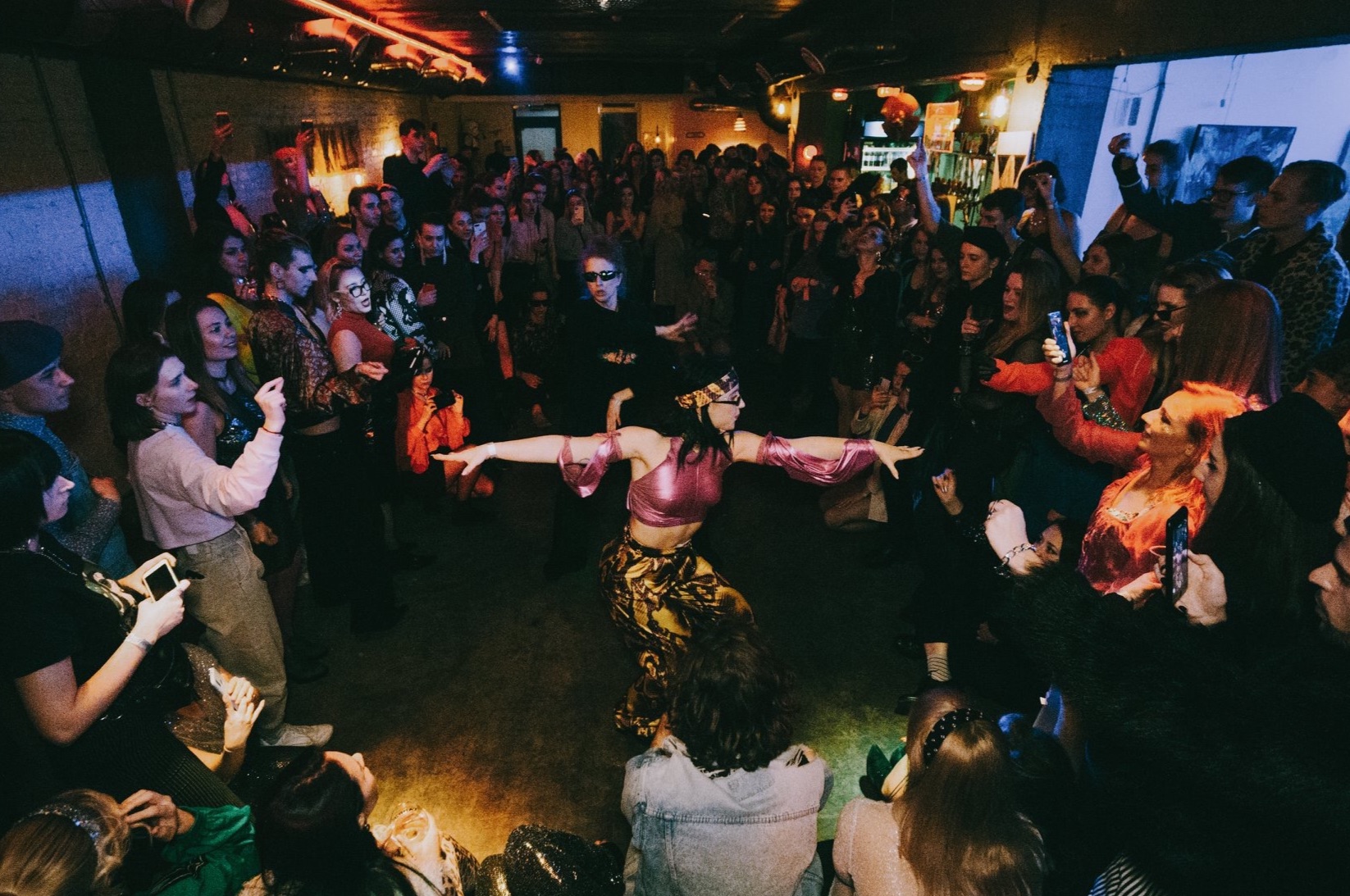
“It’s not that now we want to throw parties for more than just our little get-together, but for a larger audience. We want more people who are really interested to come to the party, so that they can find their own stuff. We are trying to convey the message to our potential audience that things like that are possible.
Even if a person does not dance, they can still participate and take the stage in the Best Dressed or Face categories. This culture, in fact, has so much more than just dancing,”
— says Victor, one of the organizers of Kyiv Voguing Nights.
Therefore, one of the main challenges for its organizers is to, first and foremost, to give a chance for self-expression and purpose for the LGBT community, as well as diversify the landscape of queer parties.
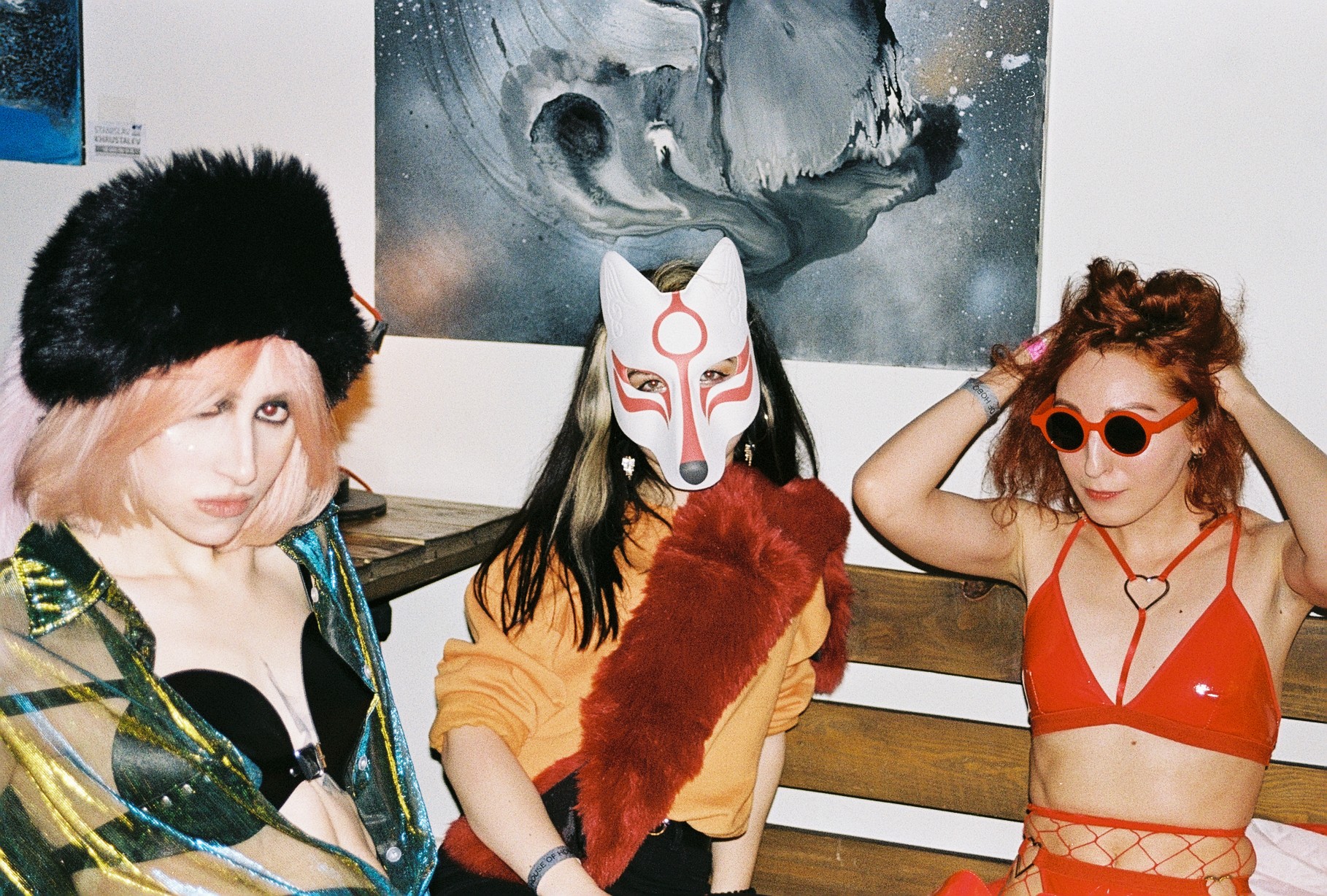

“It’s great to see more parties where this audience can hang out safe and secure. But I think that the real breakthrough will happen when it becomes the norm and get more diverse. People in the queer community, just like everyone else, want different things from parties: somebody wants techno music, somebody – not techno, somebody – just to get drunk, and somebody – to meet someone. What we do is make parties for those who like both Vogue culture and creativity in different forms,” says Nastya from the Kyiv Voguing Nights team.
Such parties usually crowd together some 200 people, Artemiy acts as MC, the project participants Victor and Sasha act as DJs. Music includes Vogue beat, house and disco. Taking photos is not only allowed, but also encouraged.
“There are plenty of people in Kyiv who like to dress up, but there is no special occasion for it. Yes, there is the Veselka party and the like, but they are more about legalizing the nude. What we want is to use this freedom in such a way that people can get dressed as they like. Body positivity is not about coming to a party and taking all your clothes off without hesitation. The point is that you can wear exactly what you want and no one would blame you for it,”
— says Sasha Puzan, co-organizer of KVN.
“It will be great when the “queer” prefix will mean not that you can attend this party to find something outlawed or exotic, but that you will feel free and safe there,”
— concludes Artemiy.
Text by: Iryna Hryshchenko, Olha Karlovych
Cover collage: Rave album cover of The Empire Line band and picture by Vic Bakin

